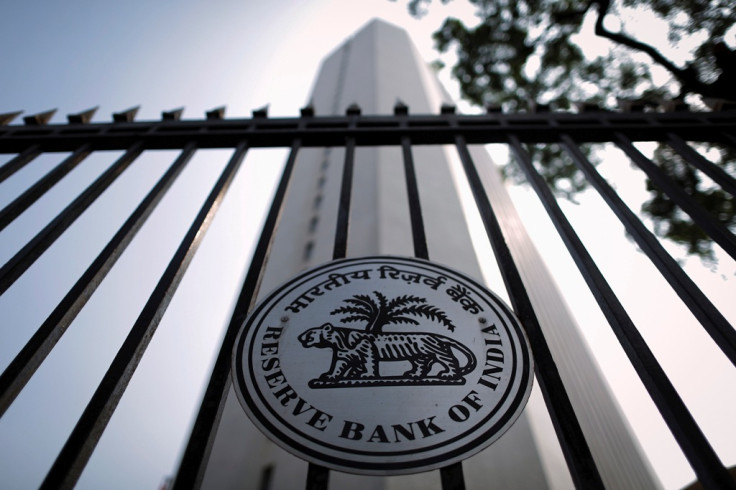India's Central Bank Unlikely to Cut Policy Rate Amid Caution Over Inflation

India's central bank is unlikely to lower interest rates at its policy review on 5 August as it awaits more evidence that stubbornly elevated inflation in Asia's third largest economy is finally easing.
While retail price and wholesale price inflation eased in June, economists said the Reserve Bank of India (RBI) will probably wait for more proof before it considers trimming interest rates needed to boost growth in the subcontinent, which is suffering its worst slowdown in over 25 years
Fourteen of the 15 economists polled by The Wall Street Journal forecast that RBI Governor Raghuram Rajan will leave the bank's key policy rate unchanged at 8%.
Just one economist predicted a quarter-percentage-point cut to 7.75%.
Standard Chartered said in a note to clients: "We believe the [RBI] will maintain its repo rate at 8% in the 5 August monetary policy meeting. Over and above the rate decision, the markets will look for clues to the RBI's monetary policy stance for the rest of FY15."
"With softer inflation in Q1-FY15 and a higher probability of CPI staying below 8% in Q4-FY15 - the RBI targets January CPI at 8% - market expectation of a rate cut in FY15 has increased.
"A reiteration of June's statement – if disinflation, adjusted for base effects, is faster than currently anticipated, it will provide headroom for an easing of the policy stance - could firm up expectations of a rate cut.
"However, we believe the RBI will strike a cautious note amid an improving but still deficient monsoon and more concrete action from the government to address structural supply bottlenecks."
Inflation Cooling
India's retail inflation eased to 7.31% in June from 8.28% in May 2014 as food inflation moderated. Wholesale price inflation slowed down to 5.43% in June from 6.01% in May 2014 after prices of cereals and pulses eased.
Rajan on 3 June left the RBI's main lending rate unchanged at 8%, as was widely expected.
But he reduced the amount banks need to invest in government securities -- called the statutory liquidity ratio (SLR) -- by half a percentage point to 22.5% of deposits starting in mid-June.
© Copyright IBTimes 2025. All rights reserved.






















